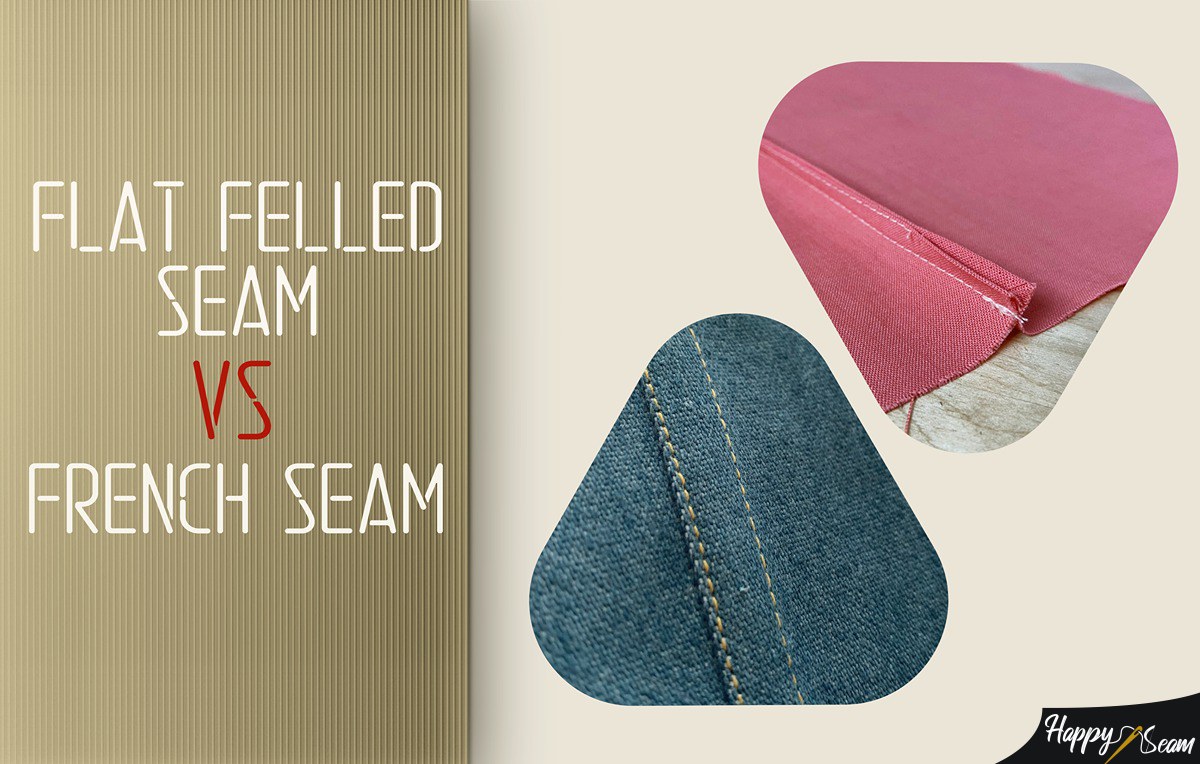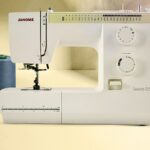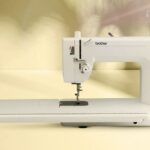When I purchase garments, the first thing that catches my attention is the seams. There are many types and styles of seams. Flat-felled seams and French seams are the most popular and common styles of seams. You can use flat-felled seams for tough fabrics and French seams for more delicate materials.
Since you are here reading this article, it means that you show interest in both of the seams, and you want to know something more about them both. In this article, I will compare the flat felled seam and French seam, so you can better understand what purpose we use them for and whether there are many distinctions between them. So, let’s get right into it.
Key Takeaways
- Flat-felled seam and French seam are among the most popular stitching techniques.
- A flat-felled seam is mainly used for tough fabrics such as jeans, leather, etc.
- A French seam is used chiefly for delicate fabrics such as silk, chiffon, etc.
- The flat-felled and French seams have many distinctions; the only similarity is that they are enclosed seams.
Spotting The Differences: Flat-Felled Seam Vs. French Seam
Flat-Felled Seam
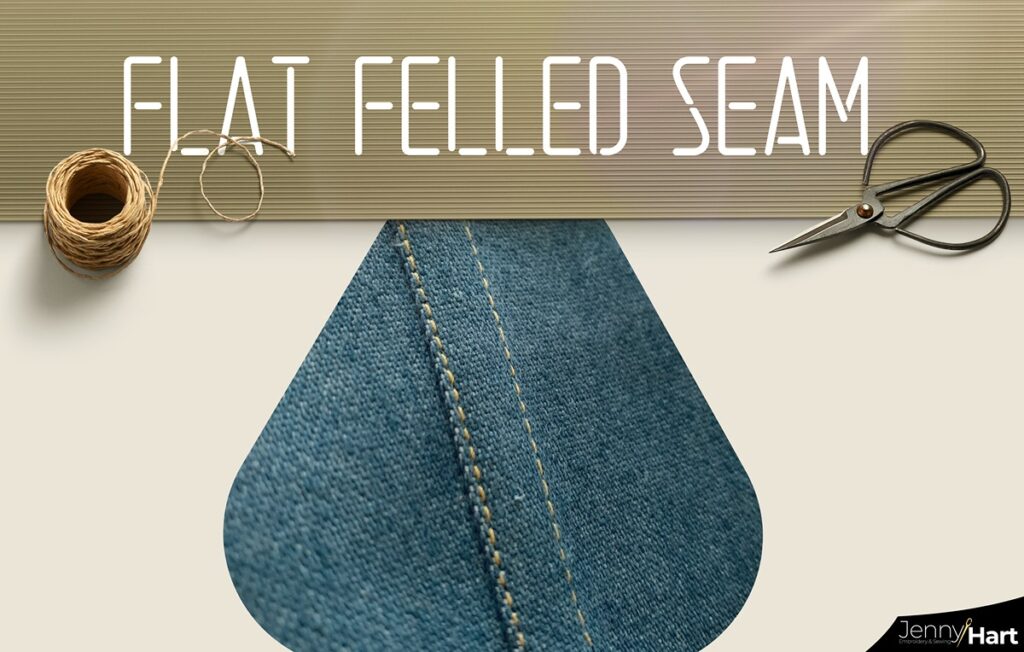
For a professional sewer, any sewing technique is a breeze, but when it comes to someone who is not familiar with sewing, things get a bit difficult in this case. The flat-felled seam is one of the most common and used techniques to sew any fabric. As I have mentioned, you can sew any fabric using this technique, but the flat-felled seam is mainly used and preferred for rigid materials.
I guess that all of you that are reading this article love wearing jeans, and most likely you have many jeans on your garderobe, so let me ask you a question. Have you ever noticed the seams on your jeans? Most probably, yes, right? Exactly, those seams are flat-felled. A flat felled seam is a technique that is used in almost all jeans. We use this technique to achieve a better seam finish and a more durable seam finish as well. You can consider a flat felled seam, like a technique or seam that closes itself.
A flat-felled seam is always visible on the face of the garment, but you should remember that there are no visible allowances inside or out. You don’t need a particular sewing machine to be able to process this technique; you can use a straight-stitch sewing machine and get the job done. As you now are familiar with flat-felled seams; now it is time to show you the steps of how you should do it and which steps you have to follow. It may seem a bit complicated, but everything will be a breeze once you understand the logic.
Further Reading: Can you Dry Clean Silk?
Steps You Should Follow For Flat-Felled Seam
First and foremost, you need a piece of fabric; I recommend using rigid material. Once you get the fabric, now it is time to start performing. Let’s get started.
- Place the wrong sides of the fabric together, and then start sewing on the right flanks, but make sure that you leave some allowance because you will need them later. The seams should be visible on the right sides.
- Once you accomplish this step, now you have some work to do with the allowances. First, you should trim the back seam allowance in half and then press it to the backside.
- It is time for the second allowance, which is larger than the first one. You should pack it in half and turn it under the raw edge to meet the seam that you sewed firstly, enclose the allowance and press it; I would recommend using an iron.
- What is next? It is time to sew the allowance, but please ensure that the seam is parallel to the first seam. What you will get is a strong and stylish seam.
French Seam
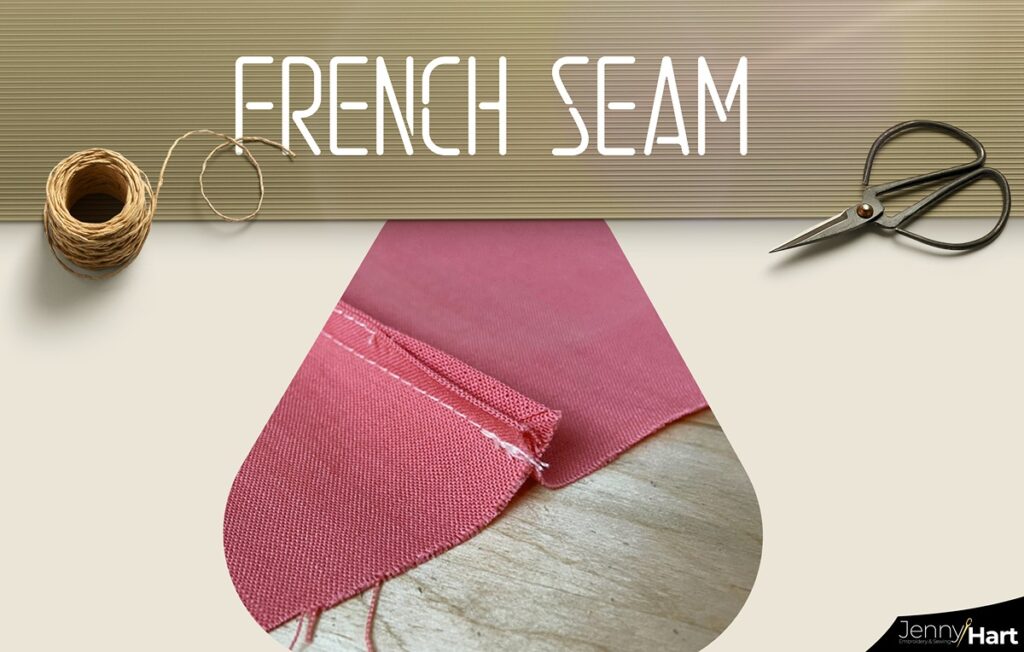
Once we figured out everything about Flat-felled seam, now it’s time to see what a french-seam is, what it represents, and whether there are so many distinctions between these two techniques or not. Many people think French Seam and Flat-felled seam are the same, but they are wrong. There are some similarities, of course, but this doesn’t make them identical.
A French seam is very popular, and this technique is used for sewing many types of fabrics. This technique is applied mainly in soft and lightweight materials like silk and chiffon. In French seam, the seam finish won’t be visible on the right side of the fabric, so this will make your garments look more elegant and stylish.
So, if you are about to sew a delicate material, you better use the French-seam technique. Even though it is mostly used in delicate fabrics, it is one of the most robust seams. The best fact about the French seam is that it encloses the seam allowance inside, so nothing is visible.
Additional Reading: What Is A Serger Stitch?
Steps You Should Follow For French Seam
Here I will discuss the steps you must follow to sew the French seam. It may seem a bit difficult, but no worries, this is the reason I am here to explain everything to you. Then, let’s get down to business.
- Firstly, place the wrong sides of your fabric together in the exact place where you want your stitching to be; always make sure that the seam allowance is on the right side. Then start sewing the wrong sides of the fabric.
- It is time to trim the allowances. Trim the seam allowance down to 1/ inch; this is very important for the French seam technique.
- What you should do next is very easy; you must press the seam, fold the fabric, so the right sides are along the seam, and press again.
- Lastly, enclose the seam and press again, then sew another 3/8 seam from the fold. You have to ensure that this last seam encloses the first seam well. Doing so can prevent the seam from being visible on the right side. Done!
Similarities & Differences: Flat-Felled Seam and French Seam

As you can understand from its name, a flat-felled seam should lie flat, unlike a French seam that doesn’t lie flat. And this is the main distinction between them. There are many distinctions in sewing with these two techniques, which I have explained above in detail.
As a similarity, I can mention that they both are enclosed seams and are made of two lines of stitching.
Also Read : Outseam vs. Inseam
Final Words
Here we are at the end of this fantastic article. It was a challenging article, but I enjoyed it a lot while writing it. I have tried to explain every detail about both techniques to understand their differences better.
I hope that you will like this article and find it helpful.
Have a nice day!
Sewing is definitely one of my biggest hobbies. I’ve been doing it since i was young, thanks to my mother. I specialize in sewing, and that’s what i mostly write about.

